The assignment is to interview a child and build a toy with educational purposes. Worked with Arron Broder on this one.
Dream Toy Assignment
Aaron Broder & Lucas Longo – 2016
Interview report
José is a 14 year old boy who is interested in architecture and making a new house for his turtle. When we arrived at the lab to interview him, he had been there already for an hour. He has been coming for the past four Tuesdays for unguided play. In front of him was a sheet of paper with a small square labeled 30cm and 50cm on each side. The carefully handwritten title read “Foldable Turtle House”.
Our initial interview plan included talking about what he did after school for fun, if he had any hobbies, and what games he played on his computer or mobile phone. We would then probe him about the tools and kits he had already played with in the lab and possible projects he might be interested in doing. His drawing though, took over the conversation.
His 5 year old turtle’s current house is old and he wants to build a new one. Problem is the turtle is in Brazil and therefore he must somehow be able to take this house on the plane. He seemed to be stuck on his effort to figure out how he could possibly build a foldable structure. We suggested that it did not necessarily had to be foldable, but could be disassembled, making it much easier to build.
To move things along we started talking about what features he wanted in this house. He wanted a simple box that would contain the turtle at night. He thought it would be fun to have a ramp she could go up onto a platform where she could see beyond the walls of the box. What else did his turtle need in this house beyond the structure? “Her food and water bowls are there and I put some soil on the bottom of the house because it’s softer for her to sleep on.”, he said.
He got excited with our suggestions of putting a force sensor under the bowls to detect when they were getting empty. “And then we make an app that alerts me when that happens!” Problem was that this only happened two or three times a week. We talked about a door that would open if the turtle wanted to get into the house – which also would never happen, he said. We were having a hard time trying to figure out how to transform this simple house into something that would provide him with a learning experience.
We explained to him that the goal of this project was to create a ‘dream toy’ with a learning goal. He replied that he wanted to learn how to make a toy, instead of the toy itself. He has played with Lego, remote control cars and planes, Minecraft, and other toys during different phases but nowadays it’s mostly his computer and smartphone that supply him with entertainment. He then mentioned that he and his father built the current turtle’s house. At this point we realized that this would be the most relevant project for him – the show to his father how much he learned and made in his visit to the US, along with giving his beloved turtle a new house, of course.
Ideation and initial prototype
José would be glad if we built this house for him but would love if he could learn how to do it himself. We immediately thought of teaching him how to do it, yet what would then be the deliverable for this assignment? If the course was “Curriculum Construction”, our product would be the course. We had to come up with a tangible object. Our initial brainstorm came up with a kit that he could assemble on his own. At his age though, that would be too easy and little, if any, learning involved. We wanted to stimulate his creativity with scaffolding, not directions on how to build this house.
How about giving him modules that fit into each other allowing him to build any kind of structure he wants? Like Legos? Ok… next idea…
We then realized that instead of giving him Legos, we could give him a tool that he would build his own Lego pieces. Instead of giving him the block, give him the mold that makes bricks. This way he could size and shape the house to his liking, but be scaffolded in the trickiest part of building – joints and connectors. We thereby created a template that provides the shapes of these joints and connectors with which José could trace out the contours onto cardboard and cut out the pieces.
We named it the Template Realization Tinkering Lab (TRTL) Construction Kit. Basically a piece of wood with cut outs that allow for tracing the basic shapes of the connectors and then cutting them out. TRTL therefore allows for infinite variations and true exploration of building, scaffolded by this template. It allowed us to shift from building a toy for José to providing a tool that will enable him to learn about size, scale, and structure while activating his own creativity and exploratory nature of making.
A future development of TRTL will include the GoGo Board as part of the template to enhance even further the creation possibilities of the tool. This would require a handbook or instruction manual as to how to use and set up the Gogo board with examples of applications for the different sensors and how to write code to make it all work.
In general we learned that creating a toy is not as challenging as creating a learning experience. Toys should be ‘fun’ for the sake of ‘fun’. A learning experience not only could be fun but must have learning objectives that takes into consideration the developmental stage of the learner, interests, motivations, previous knowledge, content relevance, cultural context, socio-economic status, and several other factors that will determine its effectiveness. In this sense, we believe that TURTL may attend to several contexts due to its simplicity and maleability in so far as it is a template that allows for open-ended creations. We now need to test the tool and observe it actually helps in the learning process of building structures.
Documentation of the prototyping process
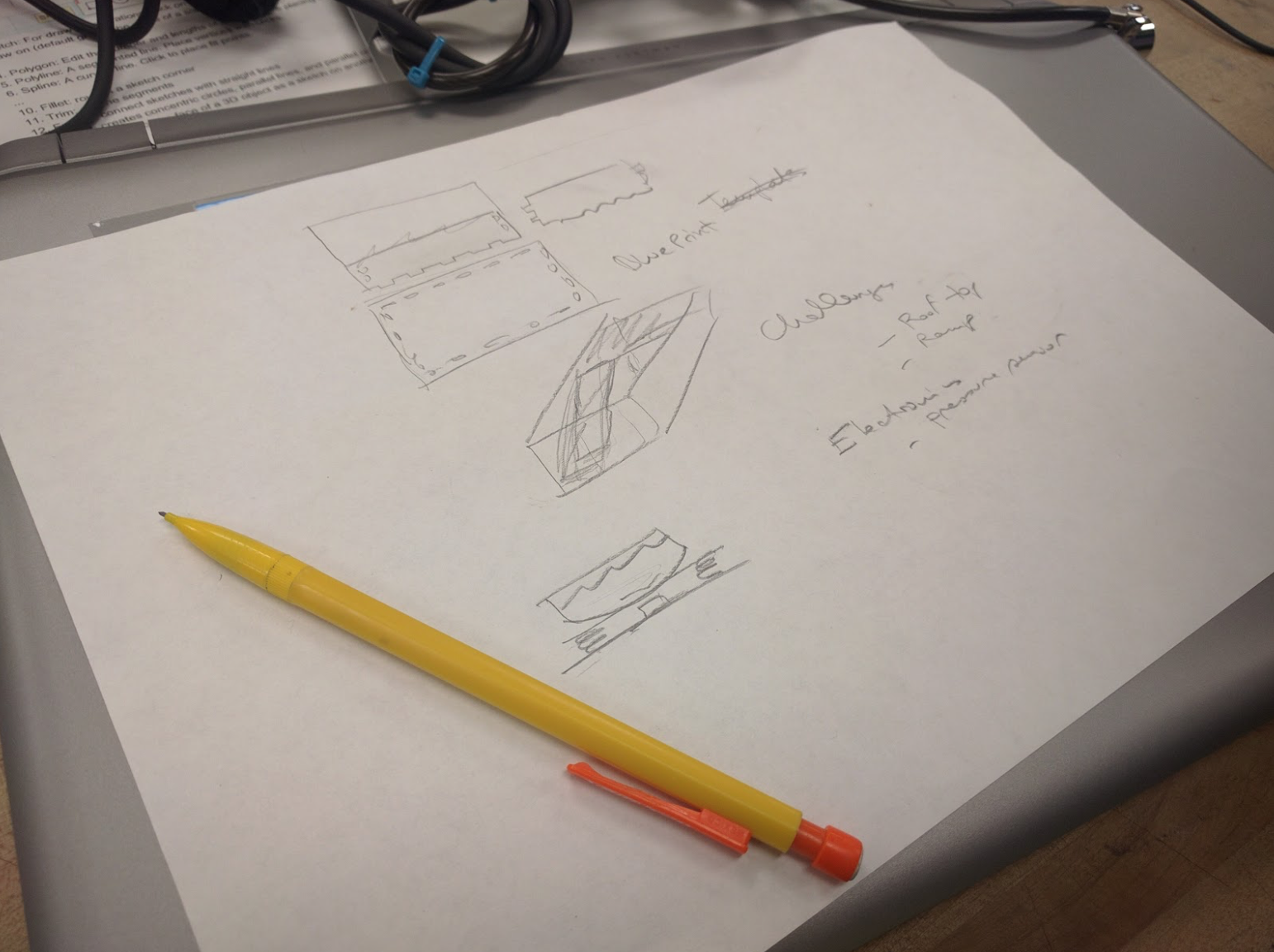 Figure 1: Starting to sketch the construction kit
Figure 1: Starting to sketch the construction kit
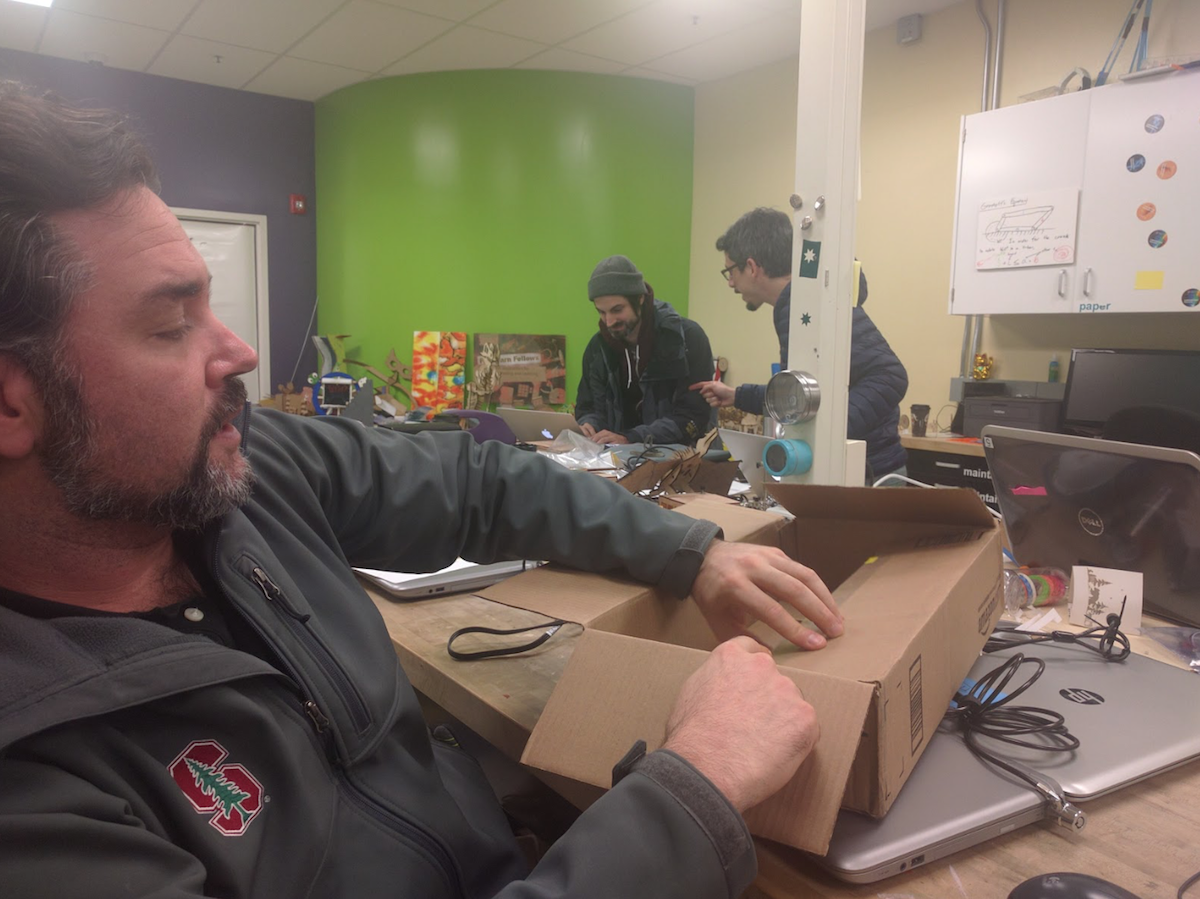 Figure 2: Playing with a destructible turtle house
Figure 2: Playing with a destructible turtle house
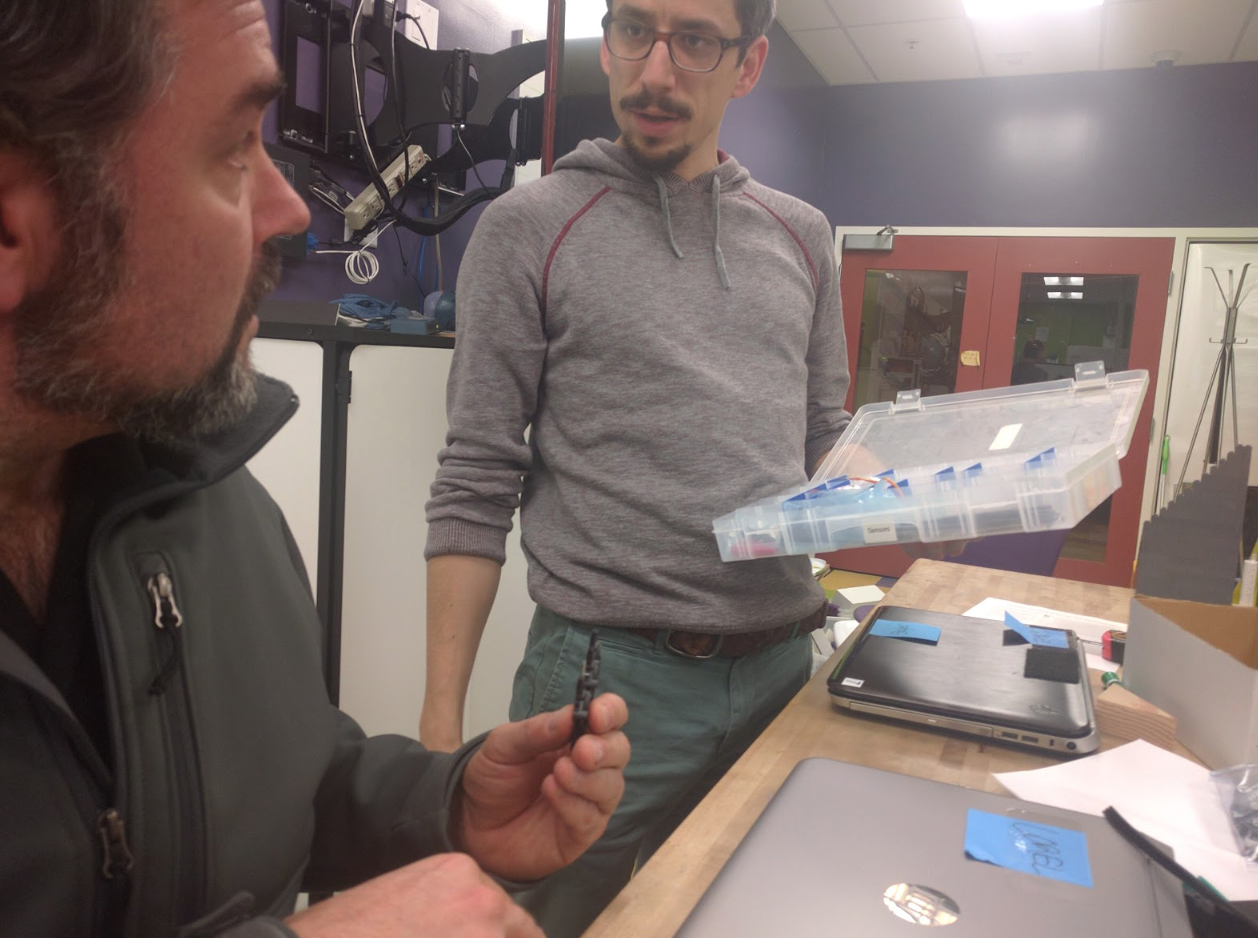 Figure 3: Talking sensors with Engin
Figure 3: Talking sensors with Engin
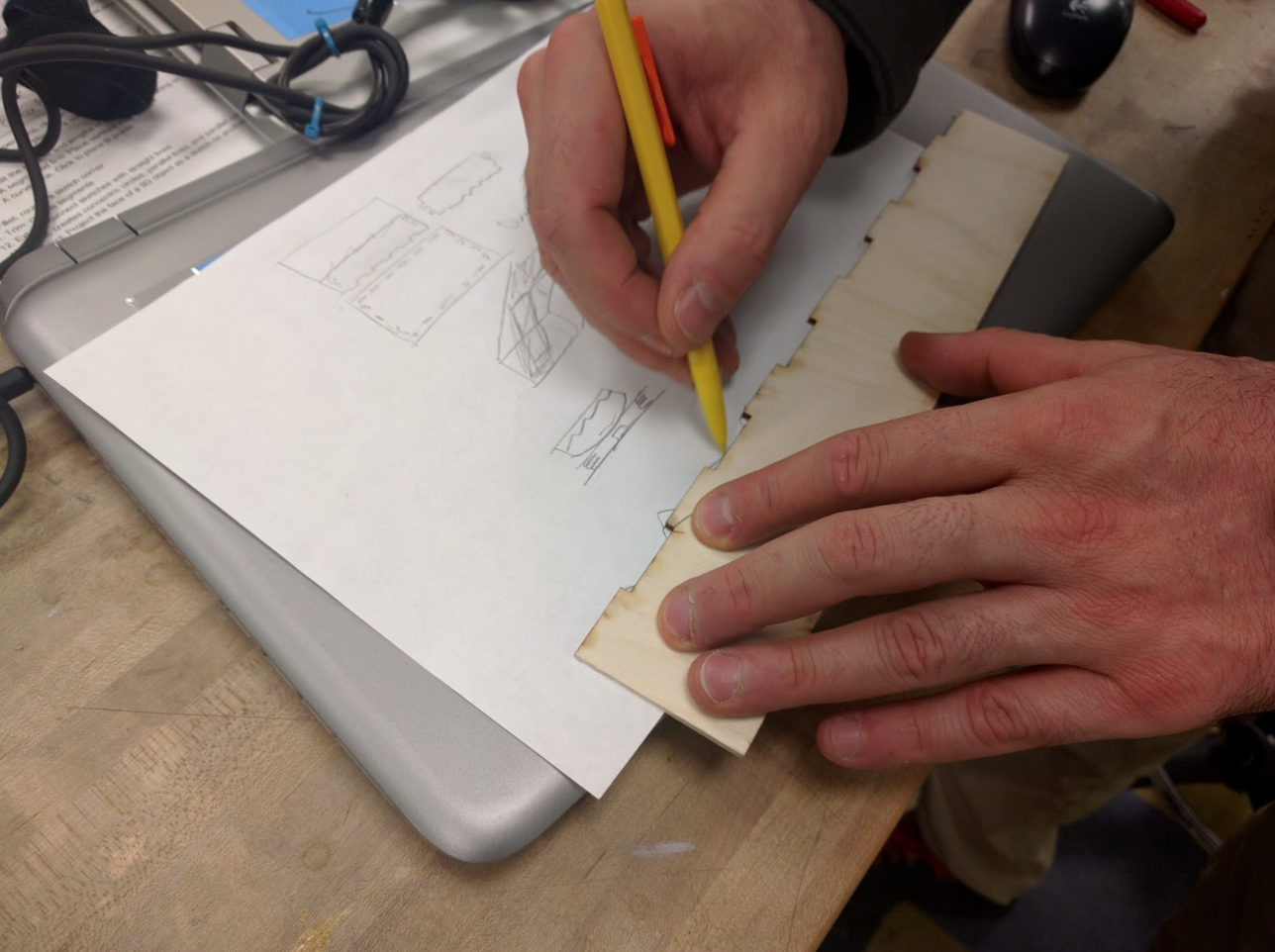 Figure 4: Moving from a blueprint to a template kit
Figure 4: Moving from a blueprint to a template kit
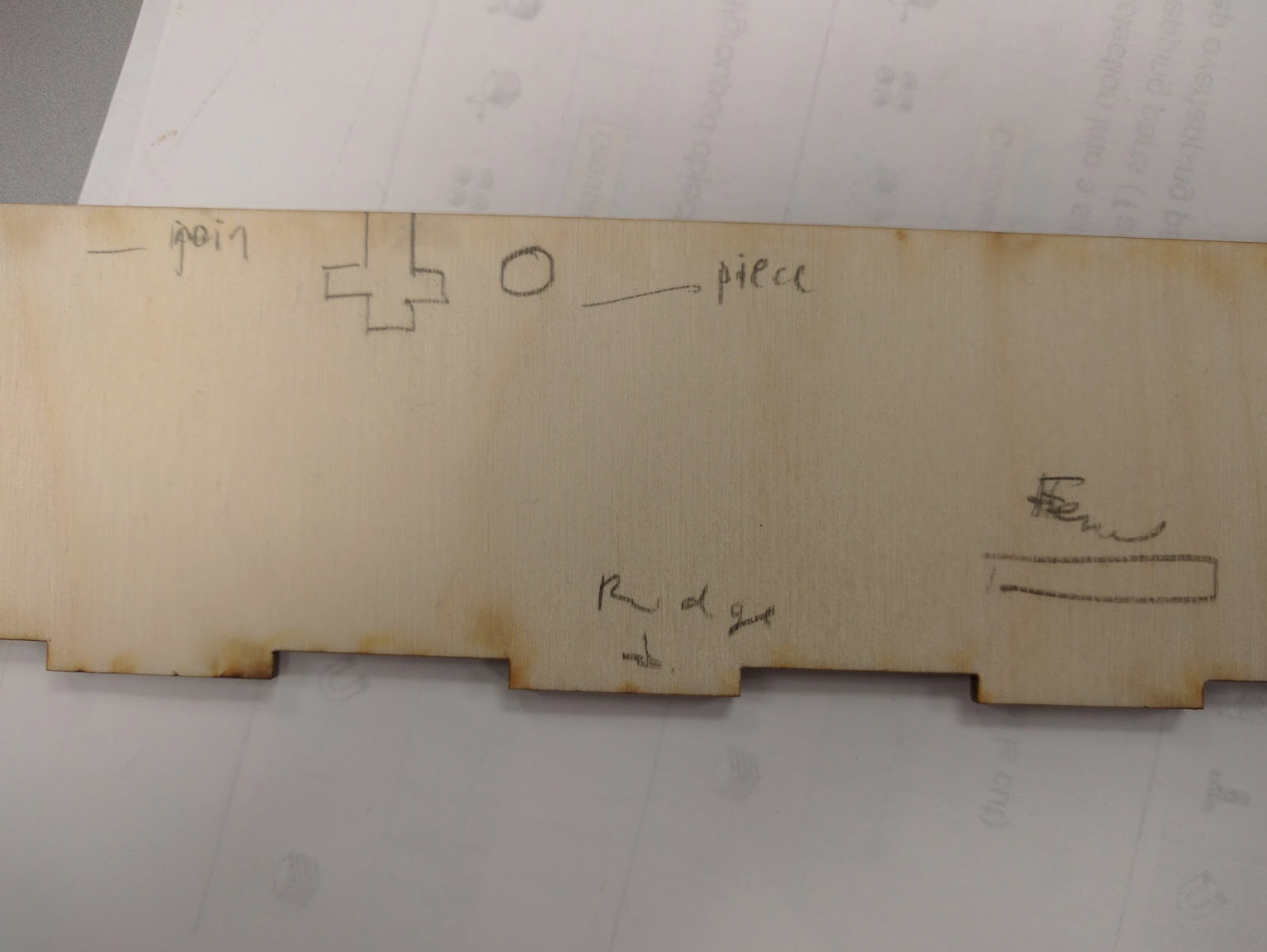 Figure 5: Planning the joins and labels for the template kit
Figure 5: Planning the joins and labels for the template kit
 Figure 6: Starting to draw the prototype in Coreldraw
Figure 6: Starting to draw the prototype in Coreldraw
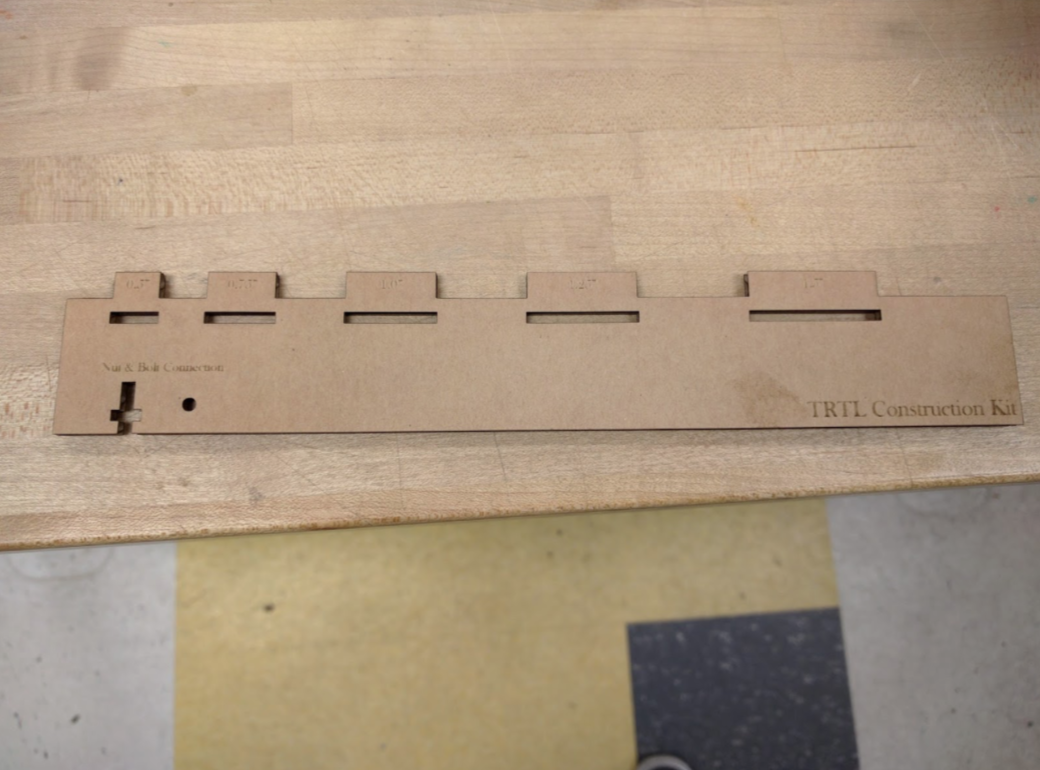 Figure 7: A cardboard prototype
Figure 7: A cardboard prototype
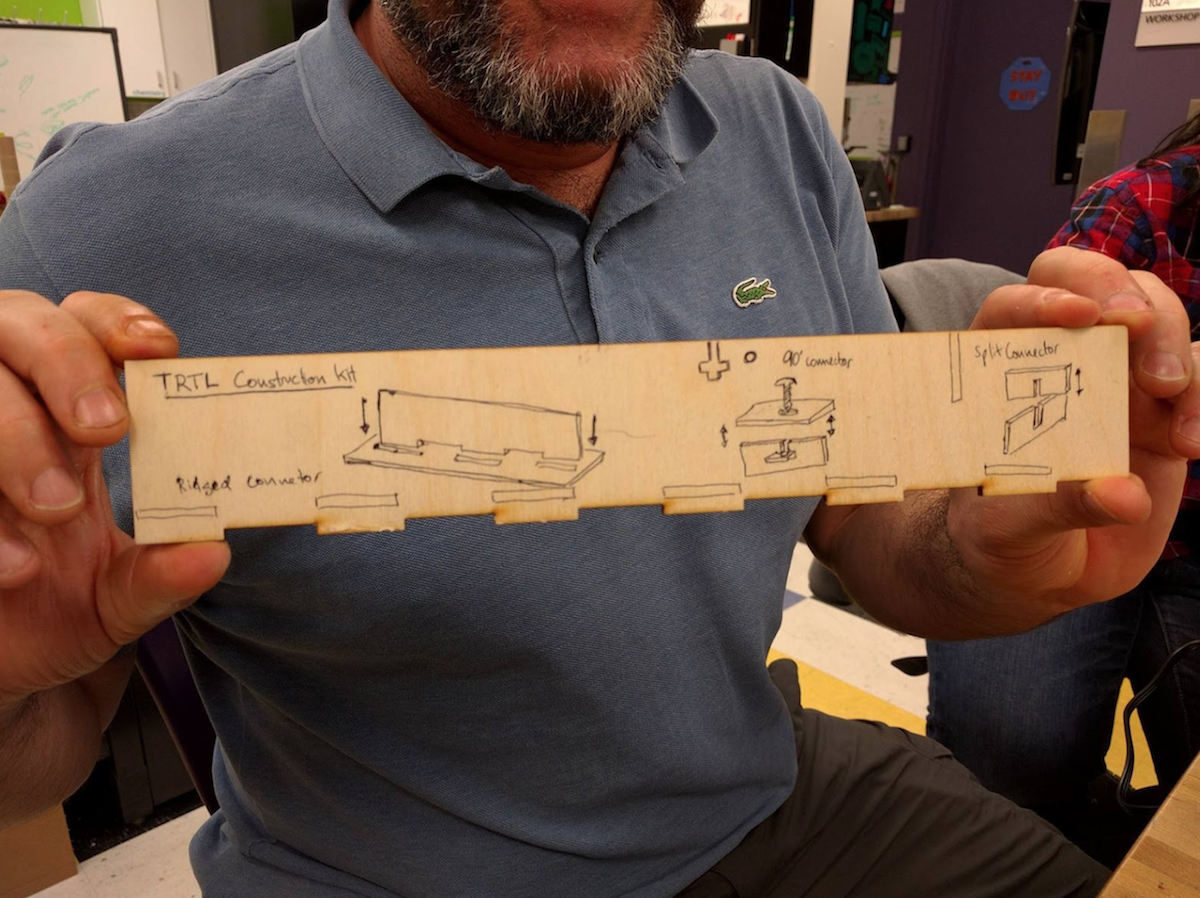 wFigure 8: Iterating on the instructional diagrams for the next prototype
wFigure 8: Iterating on the instructional diagrams for the next prototype